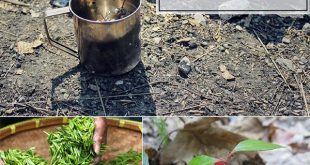The Everlasting Garden: 10 Fruits and Vegetables You Can Plant Once and Enjoy Forever!
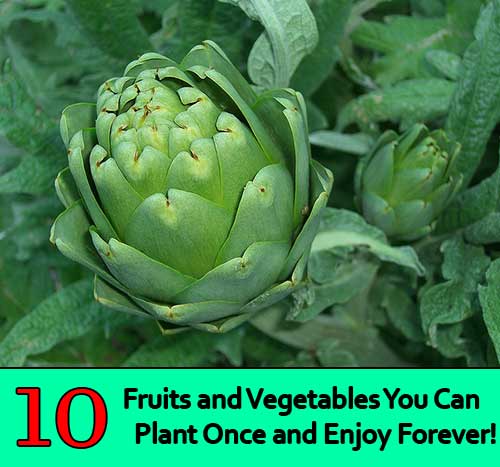
Imagine a garden that once established, required no tilling or planting, but provided years and years of tasty and bountiful crops to harvest throughout the growing season. Sound too good to be true? It is very possible, thanks to the wonders of perennial fruits and vegetables, which tend to be more nutritious, easier to grow, better for the environment, and less dependent on water and fertilizers than annual crops.
While the following ten tasty plants are all perennials, not all will grow perennially in all locations so be sure to check for growing compatibility where you live before investing.
1. Asparagus
With tulips and crocus, asparagus shoots are often one of the first noticeable signs of spring. The first year of planting asparagus, none should be harvested. Each year after, though, some can be harvested provided you leave plenty of shoots behind to flower and become the harvest for the next year.
Asparagus grows well across the U.S. except for warmer zones like 8 and above. In those climates, the plants aren’t allowed to go fully dormant in the winter, so they fail to maintain hardiness.
2. Fennel
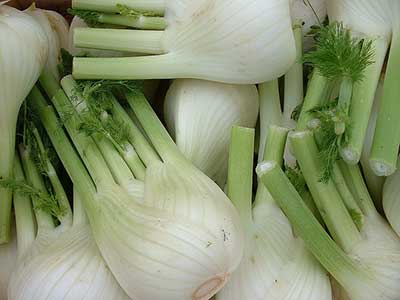
Like celery, this perennial plant provides aromatic seeds and thick bulbs. The seeds are commonly used as a seasoning, particularly in sausages and stews while fennel bulbs are common either raw in salad or grilled and roasted.
Fennel can survive winter conditions and be a true perennial between growing zones 5 and 10. If planted as an annual, it’s recommended to always start with Florence fennel bulbs.
3. Rhubarb
Rhubarb leaves are rich in oxalic acid and shouldn’t be eaten. The tart and colorful stems, however, make wonderful pies, jellies, and more! Rhubarb grows best in climates where the ground usually freezes in winter. You will see the stalks in early spring, and will grow hardy as far south as Zone 7.
4. Artichoke
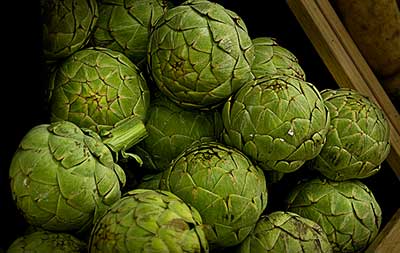
Grown for its tender and edible buds, Globe artichoke is what’s known as an heirloom perennial vegetable. It can grow up to six feet across, and will thrive nearly everywhere in the U.S. except for southern states like Florida and Texas which get too hot in the summer. For best results, artichokes should be grown where summers are cool and moist and winters are mild. In cooler climates, some artichokes will need to be replanted each year.
5. Strawberries
There really is no substitute for the richness of home-grown strawberries. Unlike store-bought varieties which are generally picked unripe, strawberries grown in your garden will likely be among the best you will ever have.
Typically, strawberry foliage dies in the winter and starts growing again in spring. Depending on your climate, you can generally have these fresh berries available between February and June. After they start to produce berries, some types of strawberry plants will produce runners which will replant themselves if left alone. To increase berry production, however, you should snip off some of these runners.

6. Radicchio
Also known as red chicory, radicchio is an increasingly common ingredient in salads and gardens around the world. Radicchio grows best in cool seasons like spring and fall, and well established plants can resist some frost. Be sure to plant red chicory where it will receive full sun during cooler weather for best results, and shade if possible during warm summer days.
If you desire a fall crop, you can tuck the plant into the soil around mid-to-late summer.
7. Onion and Garlic
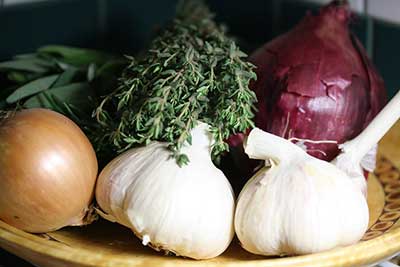
Hardy even through cold winters, garlic and onions are an easy perennial to grow. Simply plant cloves in the fall and watch for the green shoots to burst upward in the spring. By leaving a few of these shoots alone each year, they will flower and seed themselves and ensure a crop for the next year.
8. Lemon
Citrus trees tend to grow best in tropical and subtropical areas. While most sweet citruses require warmer climates, lemons do not and can be grown even in cooler and coastal areas. For best results, plant lemon trees in the spring.
That will allow the tree a full growing season to become established before colder weather has a chance to potentially affect the tree’s development. Lemon trees need lots of sun exposure and well-draining soil to flourish. It’s advisable to fertilize the tree every month through spring and summer of the first year of growth with a nitrogen-rich citrus tree fertilizer.
9. Avocado

Avocado trees typically grow in humid tropical areas. You can grow them in moderately warm climates, however, with temperatures ranging from 60-85 degrees Fahrenheit and moderate humidity. Once strong and established, an avocado tree can survive temperatures as low as 28-32 degrees Fahrenheit without suffering much damage.
If grown from seed, it may take from 5-13 years before an avocado tree will produce fruits, while planting a tree will shorten your initial harvest to about 3-4 years. Once a tree produces fruits, it will give you a steady crop for many years. In fact, the original Hass avocado tree is now nearly 90 years old and still producing, while some wild trees in Mexico are more than 400 years old.
10. Sweet Potatoes
With warm and moist soil, sweet potatoes are so easily grown you can literally drop a plant on the ground and it will take off. For best results, rows of sweet potatoes should be spaced 3 feet from each other, with about 12-18 inch spacing between plants. That will maintain adequate space for vine growth.
For a guide of growing zones, visit the following link: https://planthardiness.ars.usda.gov/PHZMWeb/
 Home and Gardening Ideas At home and Gardening ideas we believe inspiring readers about homesteading, self sufficiency
Home and Gardening Ideas At home and Gardening ideas we believe inspiring readers about homesteading, self sufficiency

